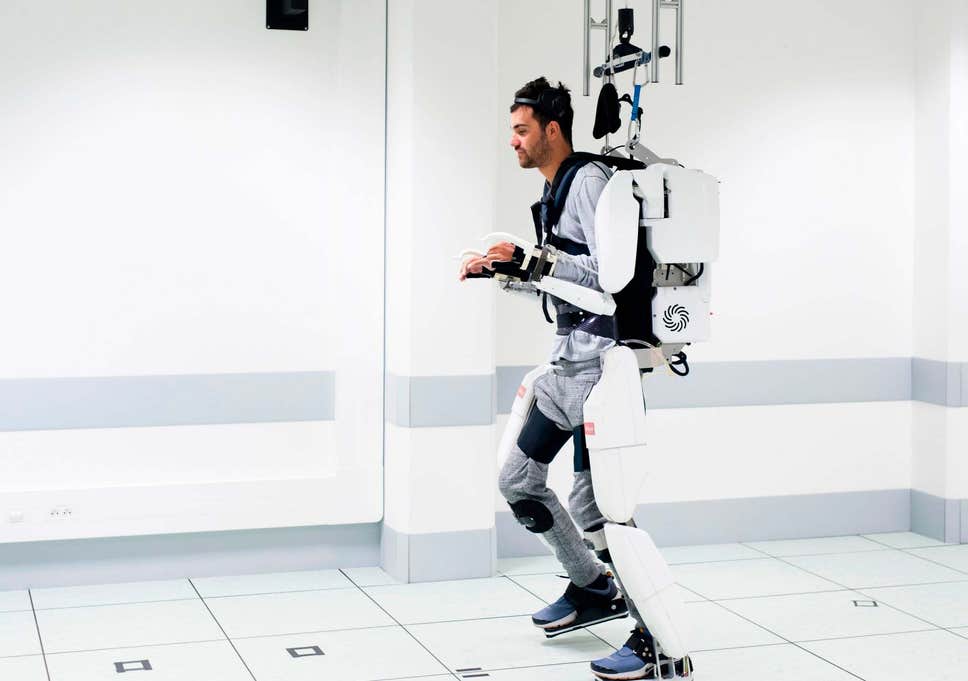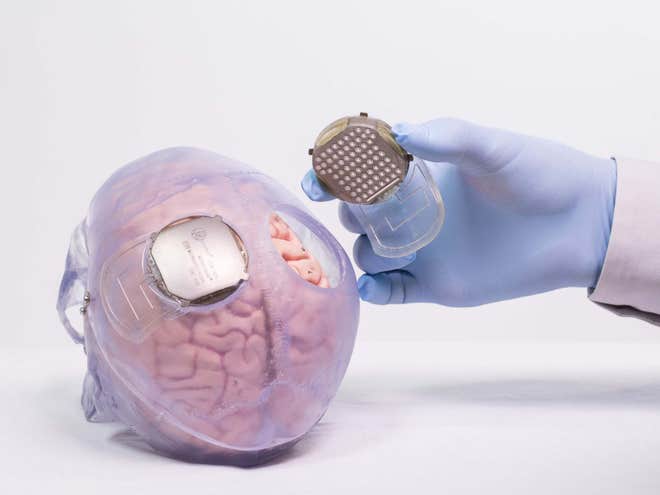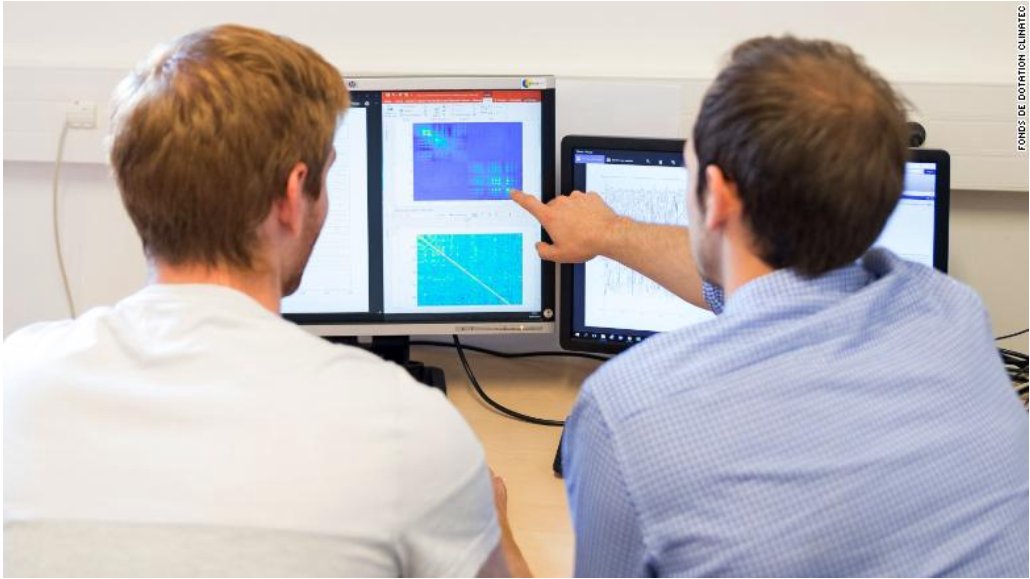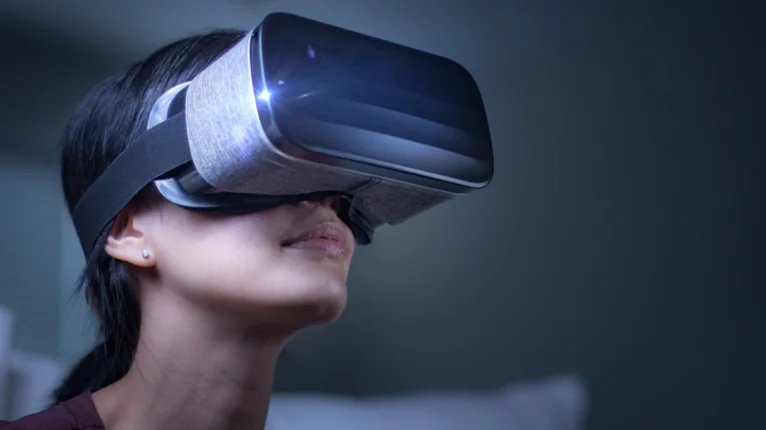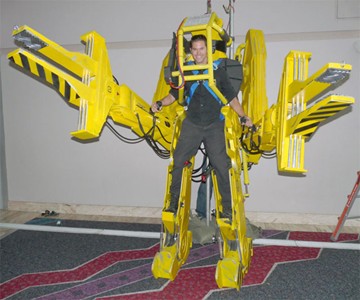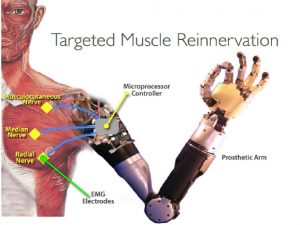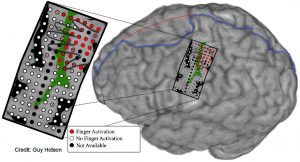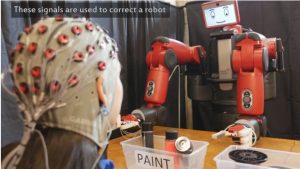For decades now one of the dreams of science fiction has been the development of technology that would allow a direct connection between the human brain and an electronic computer, both a dream and a nightmare. The possibilities that such a technology could open up are beyond imaging. Just consider being able to access all of the stored knowledge on the Internet simply by thinking about it. Or how about being able to see, in your mind the images from cameras anywhere in the world. Such technology might even make the age old dream of telepathy real as two brains could speak to each other through a computer.

On the other hand, could that same technology be used to access your most private thoughts and opinions without your permission, so that the very idea of privacy no longer existed? Or what if advertisers could, on a regular schedule implant an ad directly into your brain. No changing channel or going to the bathroom during commercials, they’re inside you!
Such developments are at least decades away. Right now the major goal of Human-Machine-Interface (HMI) technology is to develop methods for people with advanced prosthetics to control them directly from their brains. Like Luke Skywalker’s robotic hand in Star Wars.

Currently one of the major problems facing researchers in HMI is a matter of finding the right materials for the interface. Nearly all electronic circuits use copper as a conductor but when copper is implanted into living flesh, which is mostly a salty liquid, it corrodes very quickly, degrading if not actually blocking the performance of the circuit. And those corroded metals in turn cause scarring of the flesh, which will irritate if not actually harm the person who had the circuit implanted in them. So scientists and engineers have been searching for an organic conductor that will not only give good electrical performance but which will not react in any harmful way when inside the body.
Recently scientists at the University of Delaware have announced that they have found such a material. The team, led by Doctor David Martin has been investigating a class of organic materials known as conjugated polymers that are able to conduct electric current. The material that they identified is known as Pedot and is commercially available as an anti-static coating for electronic displays, I actually think I’m familiar with it.

During testing Pedot showed all of the specifications needed in an interface between electronics and living tissue without any sign of scaring. In other testing Pedot was even able to be infused with dopamine as a possible treatment for addiction making it a possible candidate for other medical procedures as well.


So if scientists have found a material that will allow them to interface electronics directly to the human brain, what kind of electronics will be the first to be implanted? Well Elon Musk of Space X and Tesla fame has funded a small bio-tech company Neuralink that is developing a chip sized device that reads brain impulses and transmits them via bluetooth to a smartphone or other computerized device. Last year Musk showcased a model of Neuralink that was implanted behind the ear of a patient and picked up brain impulses by means of thin wired electrodes laid along the top of the skull. This year’s model has just been announced and consists of a coin-sized disk implanted directly onto the skull.
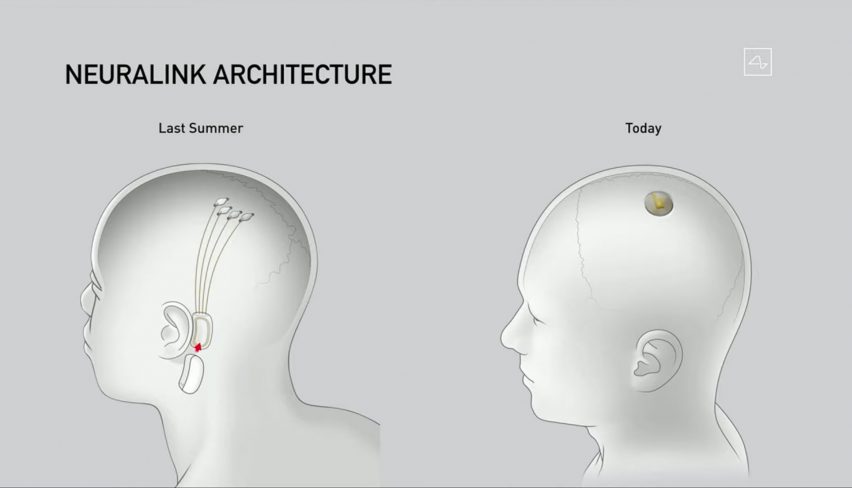
Initial testing of this year’s model consisted of implanting the interface onto the skulls of three pigs, directly over that portion of the brain that dealt with signals from the animal’s snout. Now pig’s snouts are one of their main sensory organs and when the pigs were given food or other objects to smell and rummage through a display screen showed the firing of the neurons in the animal’s brains as they used their snouts.

Neuralink now hopes to begin testing on human volunteers sometime this year. The plan is to implant the device in patients with severe spinal chord injuries in the hope that a second device implanted below the injury would enable the patient’s brain signals to bypass the injury and therefore allow them to once again control their arms and legs.

The future possibilities of such technology belong more in science fiction novels, for now. Right now however the biggest problem the engineers at Neuralink have is that their rather delicate thin-wire electrodes don’t last long inside the patient’s body. They degrade over time because of the corrosive chemicals in the body.
What do you want to bet that the people at Neuralink are contacting the team at the University of Delaware right now?

